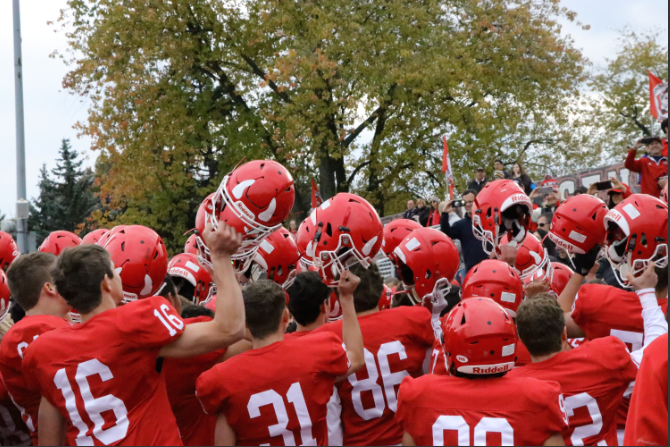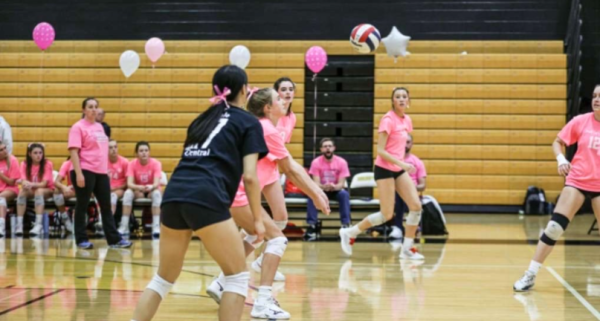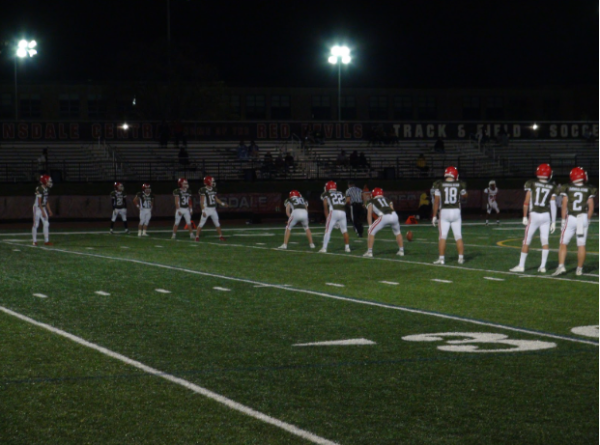How concussions have seized hold of football
While the Devils continue to celebrate wins this season, safety is ever present with the threat of concussions.
While much excitement has surrounded the Red Devils’ undefeated record, there also lingers concerns about concussions.
Concussions have been an issue dating back decades ago, but levels of concussions have proliferated in the last few years, especially in sports like football. So, what are concussions and how have they impacted football players?
A concussion is a temporary unconsciousness caused by a blow to the head. A sequence of concussions could lead to CTE (Chronic Traumatic Encepathology), which is a neurodegenerative disease caused by a repetition in head injuries. CTE is very common among athletes and football players of any age, since those are the prime recipients of head injuries and concussions. CTE could get worse over time, and may lead to other neurologic diseases such as Dementia.
Nigerian-American Physician Bennet Omalu discovered the condition during an autopsy of former Pittsburgh Steeler Mike Webster.
While CTE affects mostly retired professional players, the prevalence of concussions at an early age can lead to these issues later.
According to CHOC Children’s, “Concussion rates for children under age 19 who play tackle football has doubled over the last decade, most occurring during practices. Concussions can occur with a blow to the head through helmet to helmet contact, and if undiagnosed and left untreated can lead to permanent brain damage.”
In addition to this, it has been proven that football is accountable for the most concussions in high school sports over any other sport. Doug Ambrozas, a lineman on Central’s sophomore football team, who has had a concussion in his three-year football career, said there are ways to avoid a concussion.
“I got my concussion during a play at practice in 8th grade where I was on the bottom of a dogpile and a bigger kid than me fell directly on my head. To prevent it, I think I should have had my head in a safer position, but other than that, football is a tough sport, and everyone puts in their maximum effort physically,” Ambrozas said.
Since CTE and concussion levels have begun to increase, many questions have arisen such as “What are the symptoms of concussions?,” “How do I know if I have a concussion?” and “What should I do to recover from a concussion?”
Sophomore lineman Ben Brilje has already experienced two concussions in two years of playing the game.
“[Concussions] have affected the way I’ve slept, and my performance in school,” Brilje said. “ I’d say don’t get a concussion three times because at that point you’d have brain damage. Other than that, take a few days off of school, sleep and be cautious because concussions can get worse overtime.”
Furthermore, Hinsdale Central has a safety policy for the players, so that they are taught “head safe” techniques to prevent concussions.
“Our coaches have been trained and have adopted “head safe” techniques and have been doing this for
five years now. We have also cut back on contact drills and practices during the week for many years. Our
athletes wear Guardian helmet protectors to help with head protection,” said Dan Jones, athletic director.
Helmets that every football player is required to wear during practice and games won’t always prevent concussions, as they have reduced the risk of traumatic brain injury by only 20 percent on average compared to not wearing a helmet. Nevertheless, studies have shown that the type of helmet does have an impact on concussion protection.
The NFL has tested ten different types of helmets worn by football players. The Adams a2000 provided the best protection against concussions, while the Schutt Air Advantage has been proven to provide the worst protection.
Levels of concussions had decreased by 29 percent in 2018 football season. Experts suggest that as long as newer and more protective headgear is invented, as well as teaching high school players ways to keep the head in safe condition, these levels may decrease even further in the future.









